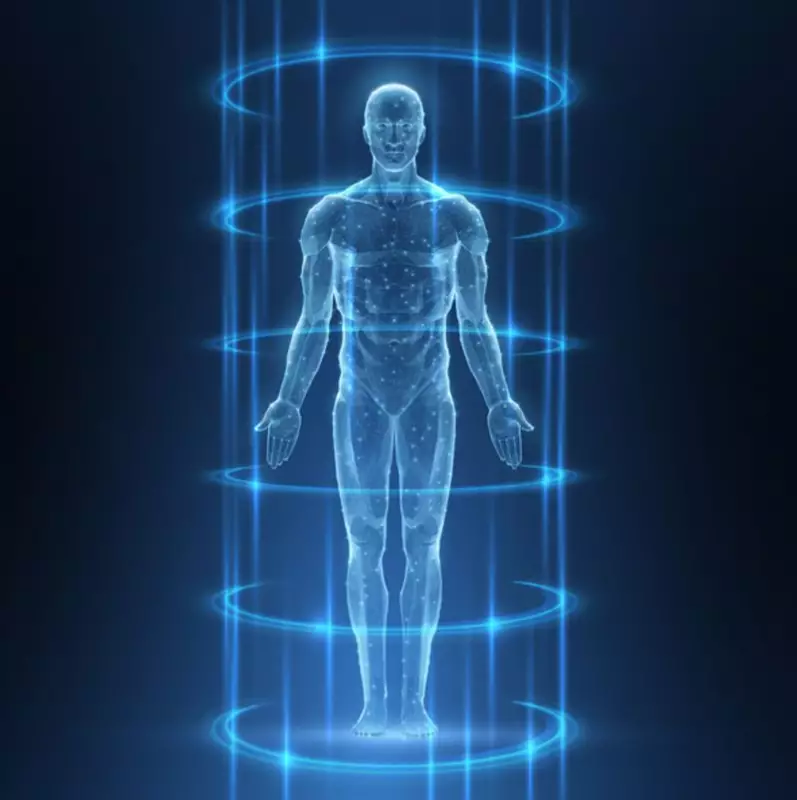
Hidden within our bodies lie remarkable biological artifacts that tell the story of our evolutionary journey. These vestigial organs, often called nature's leftovers, serve as living evidence of our ancestral past, revealing how human anatomy has transformed over millions of years.
What Are Vestigial Organs?
Vestigial organs represent biological structures that have lost their original function through the process of evolution. These organs were fully functional in our ancestors but have become reduced or useless in modern humans due to changes in environment, behavior, or biological needs. The term "vestigial" comes from the Latin word "vestigium," meaning footprint, appropriately describing these biological traces left by our evolutionary history.
Charles Darwin first extensively documented these structures in his groundbreaking work "On the Origin of Species," where he identified numerous vestigial features as evidence for evolution. Today, scientists recognize dozens of such structures in the human body, each telling a unique story about our biological heritage.
Major Vestigial Organs in Humans
The Appendix: More Than Just Trouble
The appendix is perhaps the most famous vestigial organ, known primarily for causing appendicitis. This small, finger-shaped pouch attached to the large intestine was crucial for digesting cellulose-rich diets in our plant-eating ancestors. As human diets evolved to include more easily digestible foods, the appendix gradually lost its digestive function.
Recent research suggests the appendix might serve as a safe house for beneficial gut bacteria, helping repopulate the digestive system after illnesses. However, its removal typically causes no significant health issues, confirming its vestigial status in modern humans.
Wisdom Teeth: Relics of Ancient Diets
Third molars, commonly called wisdom teeth, were essential for our ancestors who consumed rough, uncooked plant material that required extensive chewing. These extra molars provided additional chewing power for tough fibrous plants and raw meat. As human diets softened with cooking and food processing, and jaw sizes decreased, wisdom teeth became problematic.
Today, approximately 35% of people are born without wisdom teeth, and many who develop them require extraction due to impaction or crowding. This evolutionary trend suggests wisdom teeth may eventually disappear entirely from human populations.
Coccyx: Our Hidden Tail
The coccyx, or tailbone, represents the remnant of what was once a functional tail in our primate ancestors. This triangular arrangement of three to five fused vertebrae serves as attachment points for various muscles, ligaments, and tendons, but its original purpose as a balancing organ and communication tool has long disappeared.
While human embryos develop tails during early development that usually disappear by the eighth week, rare cases of babies born with true tails demonstrate our evolutionary connection to tailed ancestors. The coccyx remains important for modern humans mainly as an attachment site rather than for its original function.
Auricular Muscles: The Ear Movers
Humans possess three auricular muscles that attach to the external ear: the anterior, posterior, and superior auricular muscles. These muscles allowed our ancestors to move their ears independently to detect sounds and express emotions, much like modern cats, dogs, and many other mammals can.
While most people cannot voluntarily move their ears, approximately 10-20% of the population retains some ability to control these muscles. The variation in this ability among individuals demonstrates how vestigial traits can persist at different levels within populations.
Palmaris Longus Muscle: The Grasping Relic
The palmaris longus is a slender muscle running from the elbow to the palm that was important for climbing and swinging in our arboreal ancestors. Approximately 14% of modern humans lack this muscle in one or both arms with no noticeable reduction in grip strength.
You can check for this vestigial muscle by touching your thumb to your little finger while flexing your wrist. If visible, the tendon will protrude in the center of your wrist. Surgeons often use this tendon for grafting procedures since its absence doesn't affect hand function.
Evolutionary Significance and Medical Implications
Vestigial organs provide compelling evidence for evolution, demonstrating how species change over time in response to environmental pressures. These structures represent "evolution in action" showing the gradual modification of anatomical features as organisms adapt to new ecological niches.
From a medical perspective, understanding vestigial organs helps healthcare professionals distinguish between normal anatomical variations and pathological conditions. Many vestigial structures can cause medical issues, such as appendicitis or impacted wisdom teeth, making their study clinically relevant.
The presence of vestigial organs also highlights the conservative nature of evolution - organisms tend to modify existing structures rather than developing completely new ones. This principle explains why humans carry anatomical reminders of our evolutionary past within our own bodies.
As research continues, scientists are discovering that some vestigial organs may retain secondary functions or serve new purposes in human physiology. This ongoing investigation demonstrates that the story of human evolution continues to unfold, with our bodies serving as living museums of our biological history.





